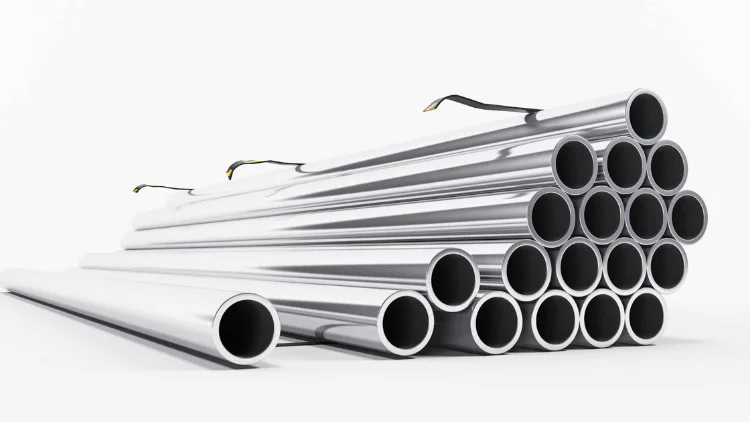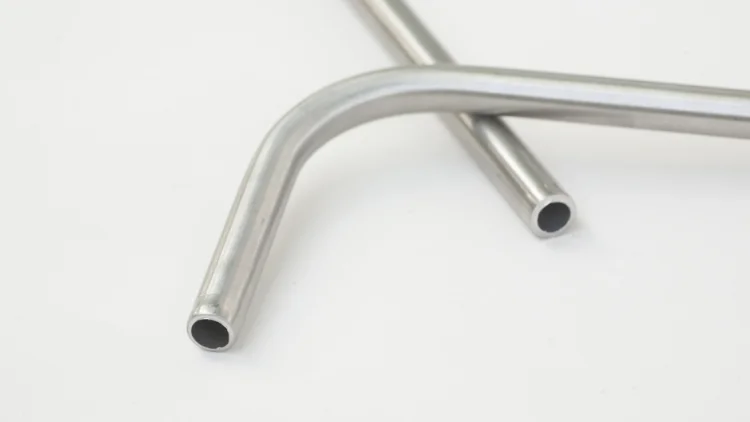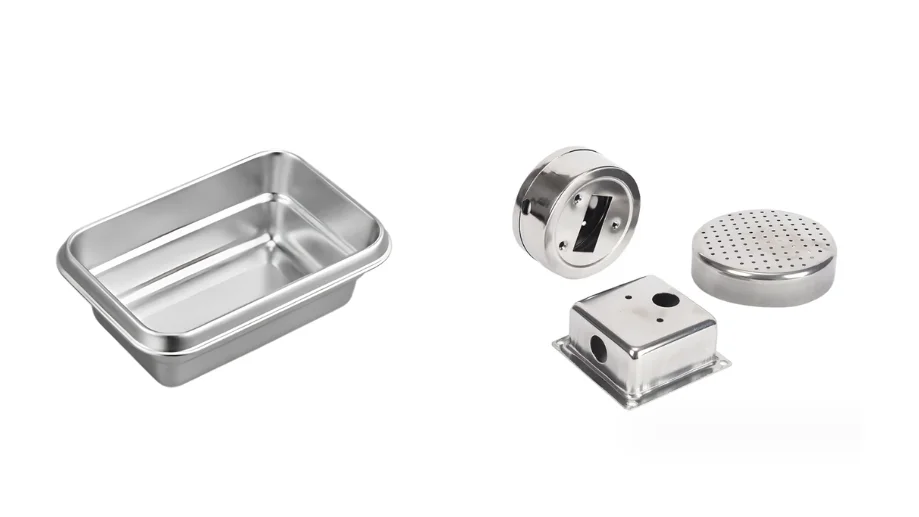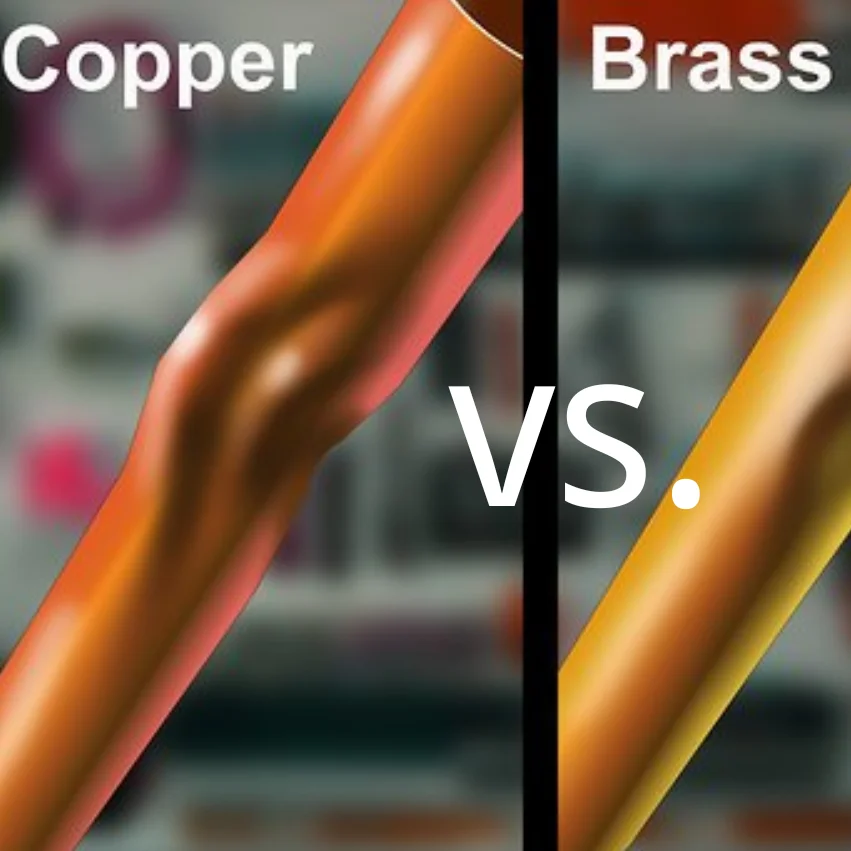Bending stainless steel tubing can seem overwhelming at first due to its strength and resistance to deformation, but with the right tools and a clear understanding of the process, it becomes much easier.
Stainless steel’s durability and corrosion resistance make it an excellent choice for various applications, but these same characteristics also require specific techniques to achieve clean, precise bends. Today, we’ll break down the basics of using a tube bender and show you how to make smooth, accurate bends in stainless steel tubing.
Read more: Laser Cutting Advantages and Disadvantages

Understanding the Tube Bender
If you’re new to tube bending, understanding the different parts of a tube bender is crucial. Let’s start with an overview of the Imperial Roto-lok type bender, a versatile tool that offers several features.
Key Components of a Tube Bender
- Handles: Provides grip and leverage for bending.
- Tube Latch: Secures the tube in place.
- Handle Release: Allows for adjustments in the angle of engagement.
- Rollers: Prevents scarring on the tubing.
- Vice Block: Can be clamped into a vice for easier handling.
- Angle Markings: Scales for measuring bend angles from 0 to 180 degrees.
These features work together to help you create consistent and accurate bends in your tubing.
Measuring and Marking Your Tubing
Accurate measurements are the foundation of successful tube bending. Here’s how to measure and mark your tubing:
- Measure Center to Center: Start from the center of your first fitting and measure to the center of the endpoint fitting.
- Mark the Tubing: Use a ferrule to extend your mark around the tube, ensuring visibility from all sides.
Taking Measurements. For our example, we’ll assume we need a run from point A to point B with fittings placed two inches apart. We’ll measure the distance between the fitting centers and get a length of six and a half inches. Adding our fitting distances, we come up with ten and a half inches of tubing.
However, don’t cut the tubing to this exact length just yet. Bends will affect the overall length, so it’s better to leave some extra material at first.
Making Your First Bend
Here’s where the real action begins. Follow these steps to make a 90-degree bend:
- Insert the Tubing: Place the tube in the bender and align it with the zero mark on your angle scale.
- Secure the Tube: Tighten the tube latch to hold it in place.
- Bend to 90 Degrees: Slowly bend the tubing, stopping just short of 90 degrees.
Always check your bend with a square object before proceeding. If needed, adjust slightly to achieve a precise angle.
Making Additional Bends
After your first bend, you’ll need to measure again for the next bend:
- Mark the Next Bend: Measure six and a half inches from the center of the tubing to the next bend point.
- Align and Bend: Use the same method to ensure the bends are in the same plane.
Level the bender to ensure the bends align correctly. This step prevents any lateral misalignments that could complicate your project.
How to Bend Stainless Steel Tubing Without Kinking
Bending stainless steel tubing without kinking can be challenging, but with the right techniques and tools, you can achieve smooth, even bends. Here are some methods to help you bend stainless steel tubing effectively:

1. Use a Tube Bender
A tube bender is a specialized tool designed to bend tubing without causing kinks or deformities. There are various types of tube benders, including manual, hydraulic, and electric models. Choose the one that best suits your needs and follow the manufacturer’s instructions for optimal results.
2. Fill the Tube with Sand
Filling the tubing with sand helps prevent kinks by maintaining the tube’s shape during bending. Here’s how to do it:
Step 1: Seal one end of the tubing with duct tape.
Step 2: Fill the tube completely with fine sand. Make sure the sand is dry and free of debris.
Step 3: Seal the other end of the tubing with duct tape.
Step 4: Use a tube bender or apply gentle, even pressure to bend the tubing to the desired angle.
3. Use a Pipe Spring
A pipe spring is an inexpensive tool that you can insert into the tubing to help maintain its shape during bending. Here’s how to use it:
Step 1: Insert the pipe spring into the tubing.
Step 2: Apply steady pressure to bend the tubing around a form or jig to achieve the desired angle.
Step 3: Remove the spring after completing the bend.
4. Heat the Tubing
Heating the stainless steel tubing can make it more pliable and easier to bend. Use a propane torch or a heat gun to heat the area where you want to make the bend. Be sure to heat the tubing evenly to avoid weak spots. Once heated, use a tube bender or apply gentle pressure to achieve the desired bend.
5. Use a Bending Jig
A bending jig is a tool that helps ensure precise, consistent bends. You can make a simple jig using wooden blocks or purchase a metal jig designed for bending tubing. Place the tubing in the jig and apply pressure to bend it to the desired angle.
6. Lubricate the Tubing
Applying a lubricant, such as oil or soap, to the inside of the tubing can help reduce friction and make bending easier. This method works well when used in combination with a pipe spring or a bending jig.
Pro tip: Fill your pipe with sand before using whatever leverage necessary to bend it. Duct tape off the ends so your sand stays put. The sand will ensure that you don’t kink the pipe as you bend it and will even out your bend a bit.
Conclusion
Bnding stainless steel tubes may seem complicated, but breaking it down into these steps simplifies the process. Precise measurements and careful adjustments are key to achieving precise bends. Practice these tips and you’ll be bending stainless steel tubes like a pro in no time.
Or if you’re looking to bend materials in large quantities, you can choose us. Shanghai Widetop Hardware Co., Ltd. specializes in professional tube bending manufacturing. With more than 20 years of experience, our team of creative engineers ensures you get the highest quality parts at a low cost. We have successfully handled hundreds of sourcing and custom manufacturing projects with a focus on execution, quality assurance, and customer satisfaction



